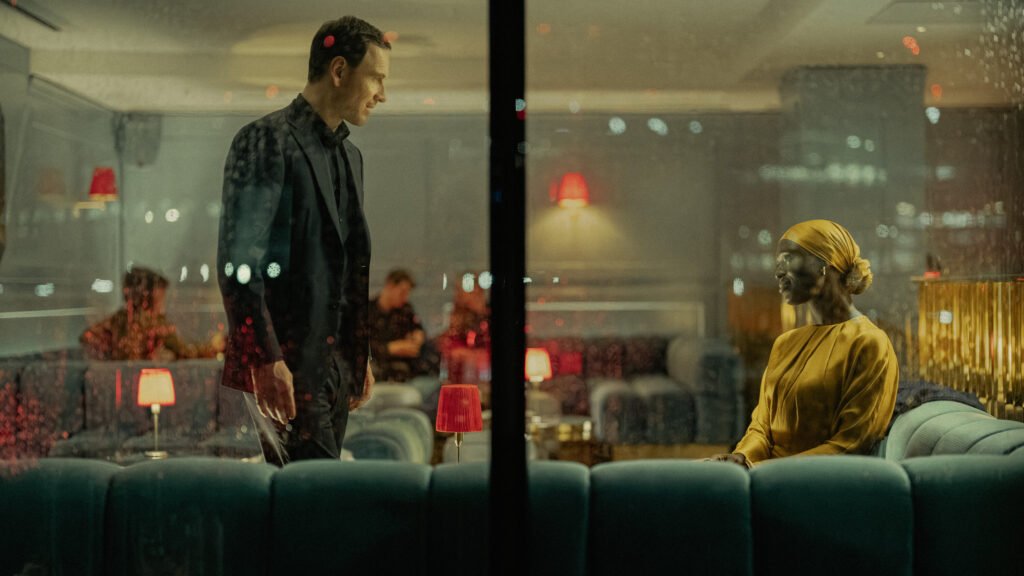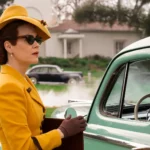From the labyrinthine corridors of London’s Barbican Estate to the sterile precision of Leavesden’s sound stages, The Agency (2024) constructs a world where architecture mirrors psychology. The show’s geography—London, Watford, Tallinn, and Cairo—isn’t just backdrop; it’s narrative texture.
Every setting reflects the show’s dualities: surveillance and solitude, truth and illusion, exposure and concealment.
London & The Barbican — Brutalism as Character
The Barbican Estate is arguably the show’s most visually recognizable location. Designed in the 1960s by Chamberlin, Powell and Bon, this Brutalist masterpiece was intended to embody postwar utopian living—raised walkways, communal gardens, and towers of raw concrete that hover over the City of London.
In The Agency, this architecture becomes a psychological metaphor: beauty through order, isolation within density.
Martian’s Apartment in Lauderdale Tower
The main character, Martian (Michael Fassbender), lives in an apartment at Lauderdale Tower, one of the Barbican’s three residential high-rises. His home scenes define his personality: minimalist, controlled, emotionally walled off.
The production used a mix of on-location shots at the real Barbican and studio recreations filmed at Warner Bros. Studios Leavesden.
The recreated apartment featured exact replicas of the Barbican’s interior architecture—brushed concrete walls, low ceilings, vertical window grids, and warm teak accents.
The design team led by Sarah Greenwood (Atonement, Beauty and the Beast) and Jordana Finkel (Killing Eve, Slow Horses) worked from architectural blueprints to ensure spatial accuracy. Even the natural lighting patterns were matched to the sun angles typical of Lauderdale Tower’s west-facing flats.
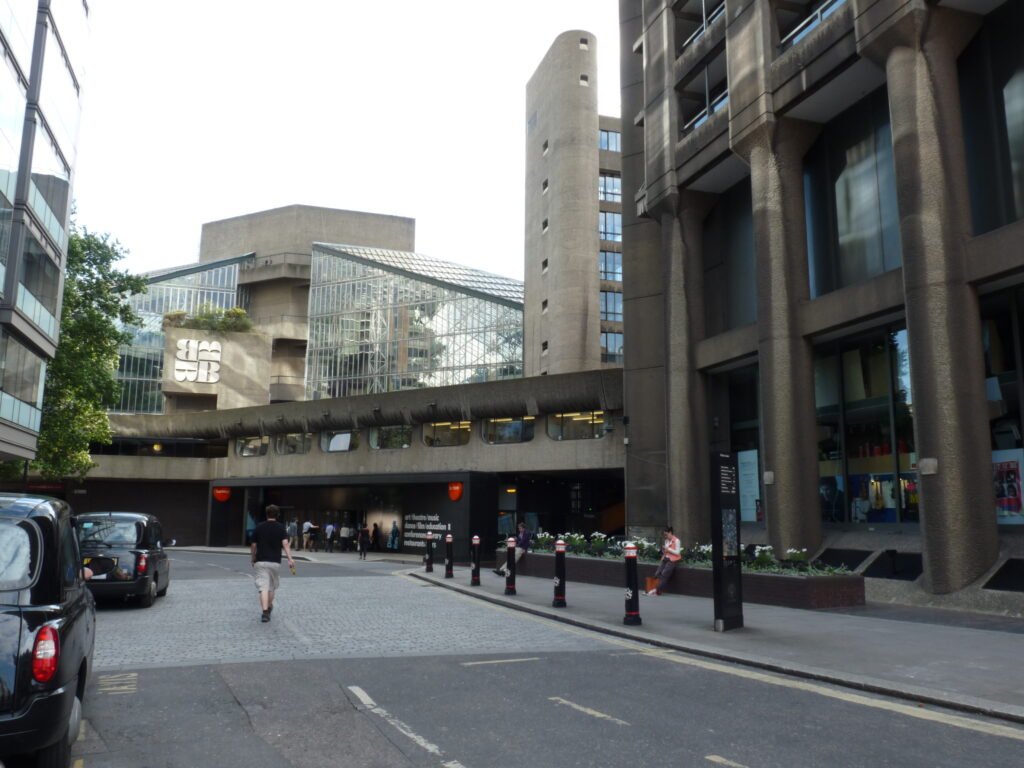
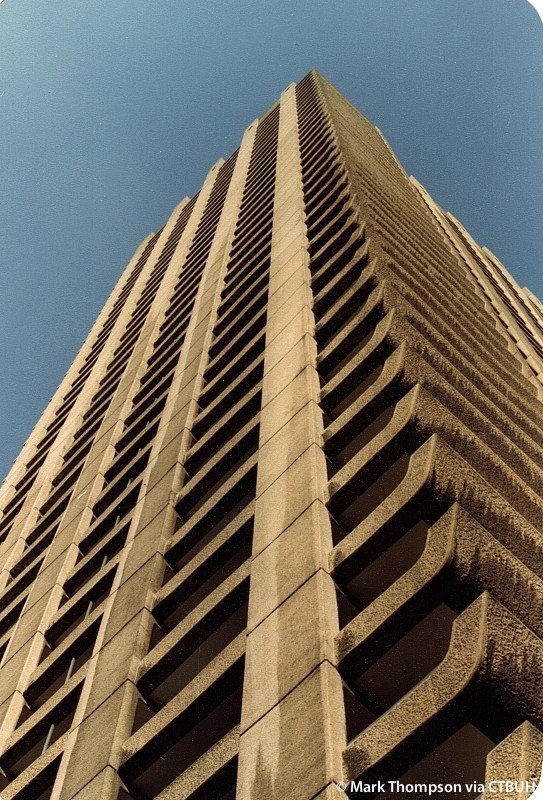
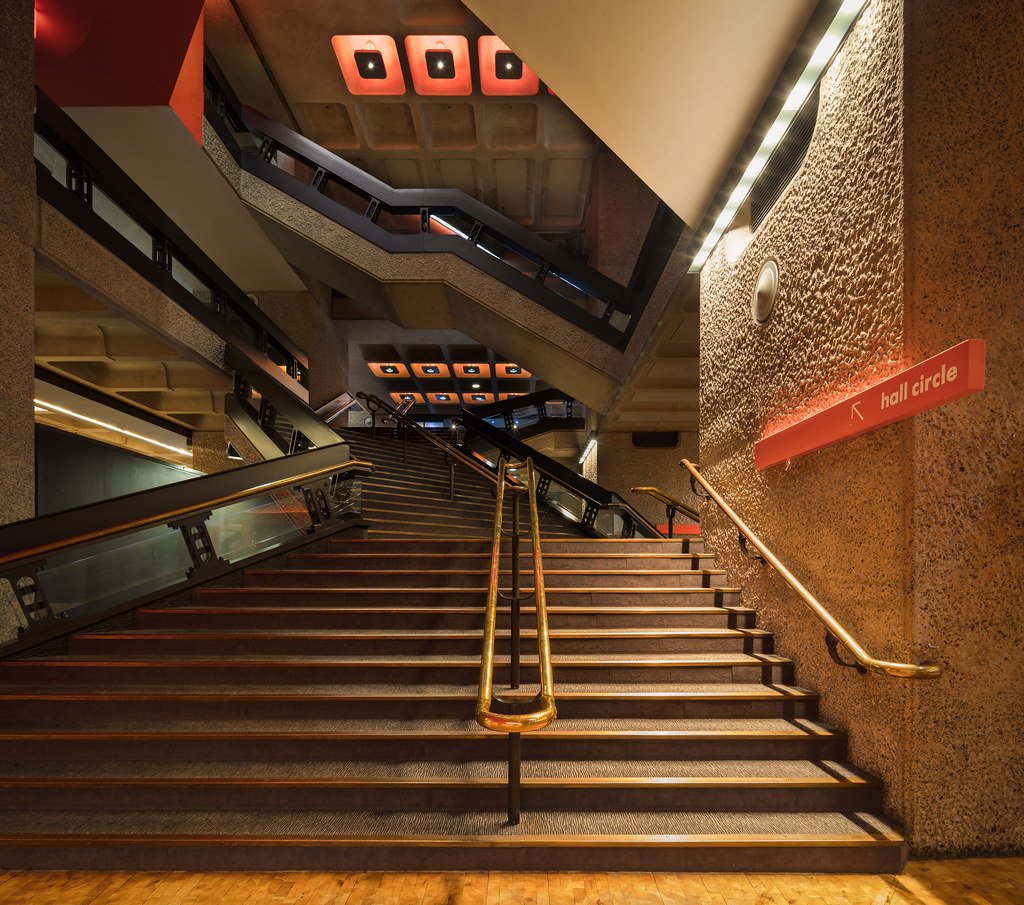
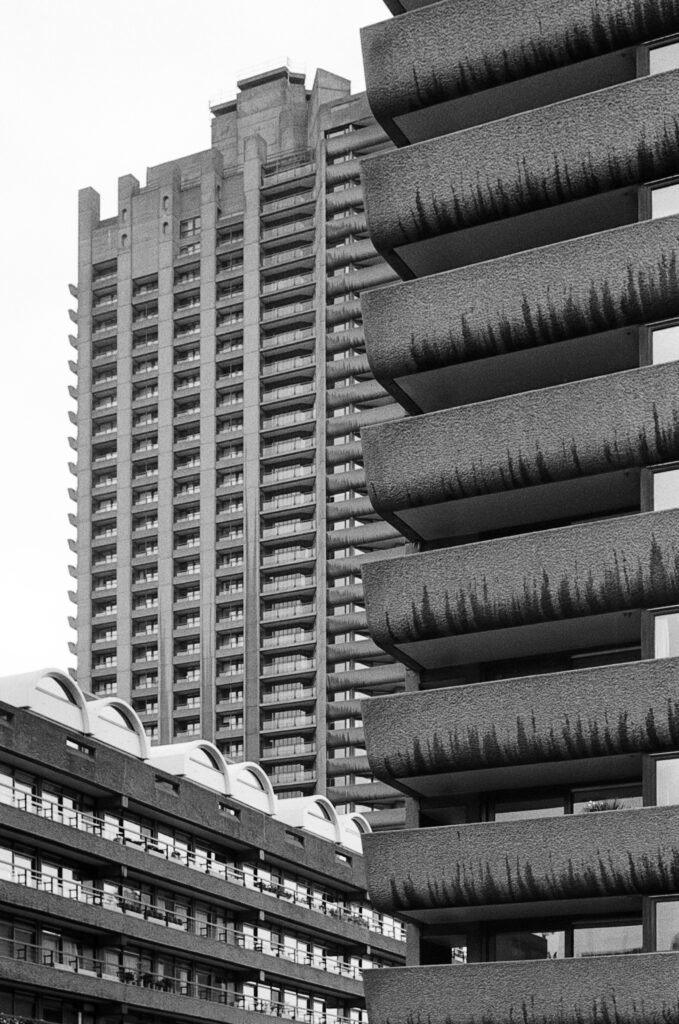
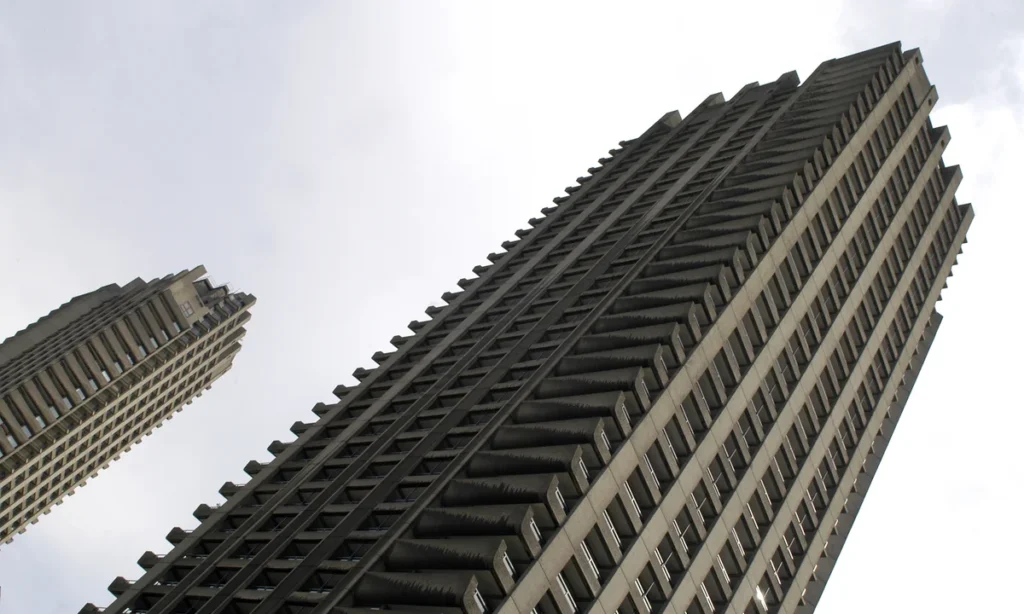
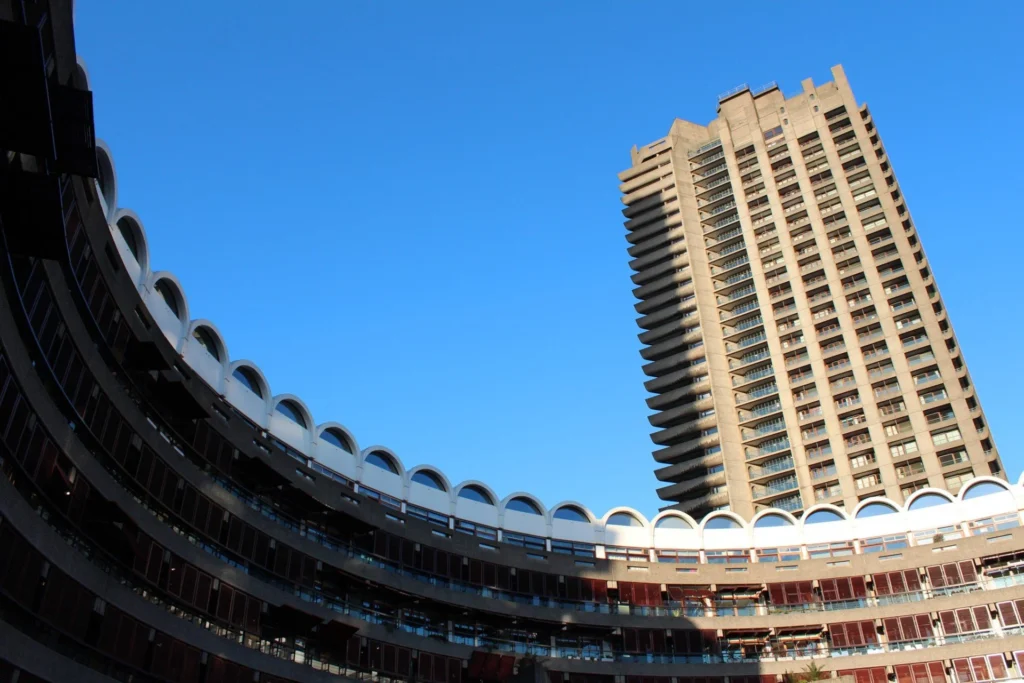
Real Barbican Locations Used
- Silk Street & Barbican Walkway: establishing shots of Martian’s arrival scenes, filmed at dusk to capture the estate’s amber glow.
- Barbican Centre Exterior: the famous “water feature courtyard” appears in one of the surveillance sequences.
- Lauderdale Tower Skyline Shots: drone imagery of the tower was used as transitions throughout the season.
- St Giles’ Terrace: glimpsed in a brief night-time tailing scene.
Fans quickly identified these areas online—especially after Episode 2 aired, sparking Reddit threads from London locals recognizing their home turf.
The Barbican’s cinematic reputation precedes The Agency: it’s also been featured in Luther, Children of Men, and The Trip to Italy, often chosen for its dystopian serenity.
Leavesden Studios, Watford — The Heart of Control
Just 20 miles northwest of central London, Warner Bros. Studios Leavesden is where The Agency built its intelligence infrastructure.
Here, R Stage hosted the CIA’s London office, Q Stage became Martian’s apartment, and S Stage held the underground command center, safehouses, and interrogation rooms.
Leavesden is a film city in itself—over 500,000 square feet of stage space and 250 acres of backlot—and it’s known for blockbusters like Harry Potter, Mission: Impossible, and The Batman.
For The Agency, the studio’s advantage was adaptability: every room could morph into another through lighting, projection, and modular set walls.
Production designer Greenwood explained that the CIA set was deliberately minimalist, filled with steel, glass, and neutral tones. “We didn’t want an American aesthetic,” she said. “It had to feel globally anonymous—just like intelligence work today.”
Leavesden also doubled for several secondary interiors—hotel corridors, safehouse kitchens, and embassy halls—allowing the crew to maintain visual continuity without traveling abroad.
Tallinn, Estonia — The Cold Mirror of Europe
The production moved east to Tallinn, Estonia’s capital, for sequences set in “unnamed European cities.” Tallinn’s rare combination of Gothic spires, Soviet relics, and contemporary high-rises allowed the city to masquerade as multiple locations at once.
Specific Filming Areas
- Kreutzwaldi and Faehlmanni Streets: tight, atmospheric lanes used for chase and surveillance scenes.
- Laagna Tee (Lasnamäe district): a major highway that was closed to traffic for three nights in September 2024 for car-chase sequences involving stunt vehicles and drones.
- Telliskivi Creative City: used for café and market scenes, styled as a Central European district.
- Old Town Rooftops: establishing shots to evoke pan-European anonymity.
Tallinn’s Film Estonia rebate program (offering up to 30% reimbursement for production costs) made it a financial and creative win. The local production support team included Baltic Film Services, who previously worked on Tenet—which also filmed in the same city.
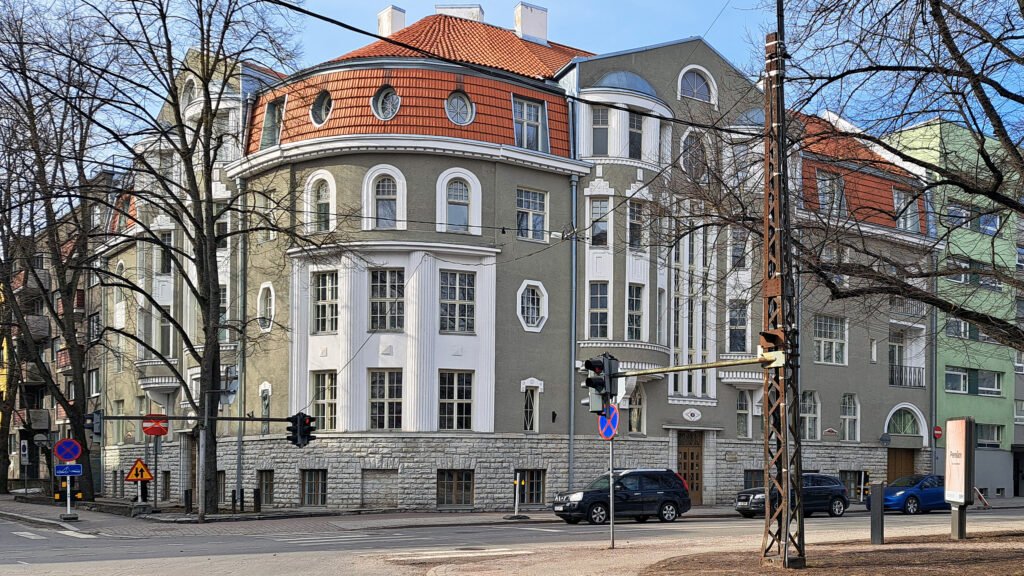
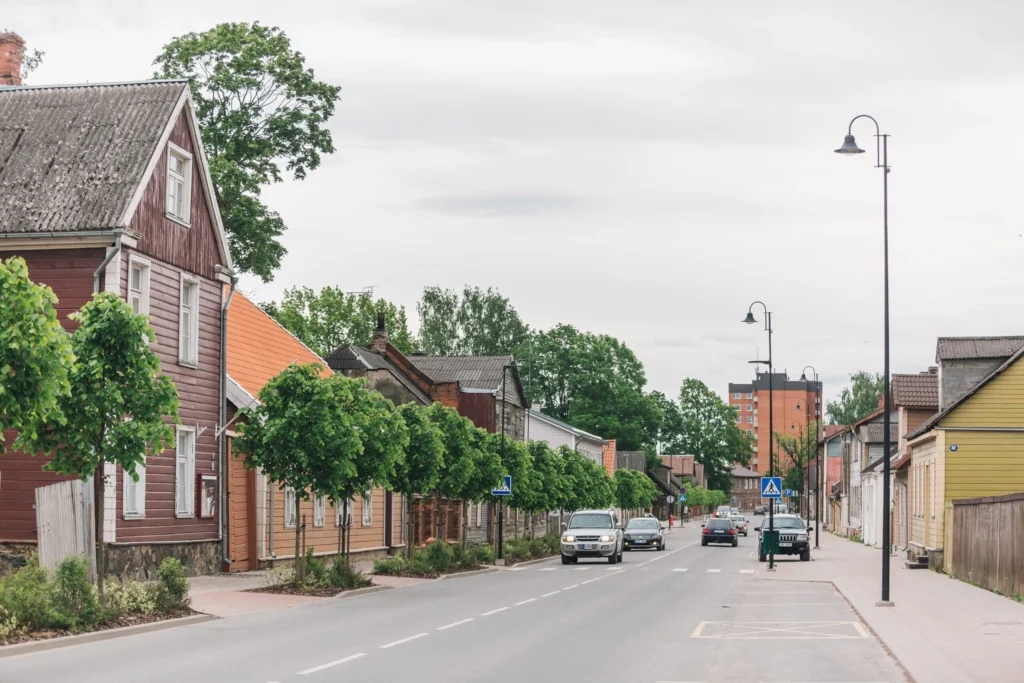
Tallinn’s cold color palette contrasts sharply with the warm tones of London and Cairo, making it ideal for sequences of betrayal, distance, and psychological tension.
Cairo, Egypt — Heat, Noise, and Narrative Contrast
Filming in Cairo brought a sensory shift to The Agency: heat, dust, sunlight, and chaos.
The Egyptian capital hosts the series’ flashbacks and Middle Eastern operations, appearing briefly in Episodes 4 and 7.
Notable Filming Spots
- Downtown Cairo (Tahrir area): used for street market and car-shadowing scenes.
- Zamalek District: rooftops and Nile-side balconies for surveillance sequences.
- Khan el-Khalili Bazaar: exterior crowd shots captured early mornings before full public opening.
The production collaborated with Misr International Studios for local logistics and security coordination, using compact camera rigs to blend in with the urban environment.
Cairo’s visual density—billboards, traffic, golden haze—contrasts London’s structured order, underscoring the narrative theme of losing control.
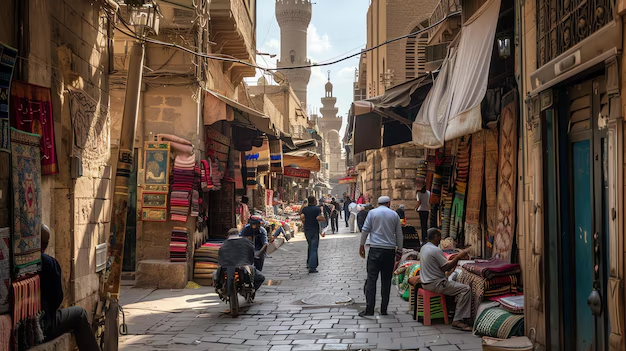
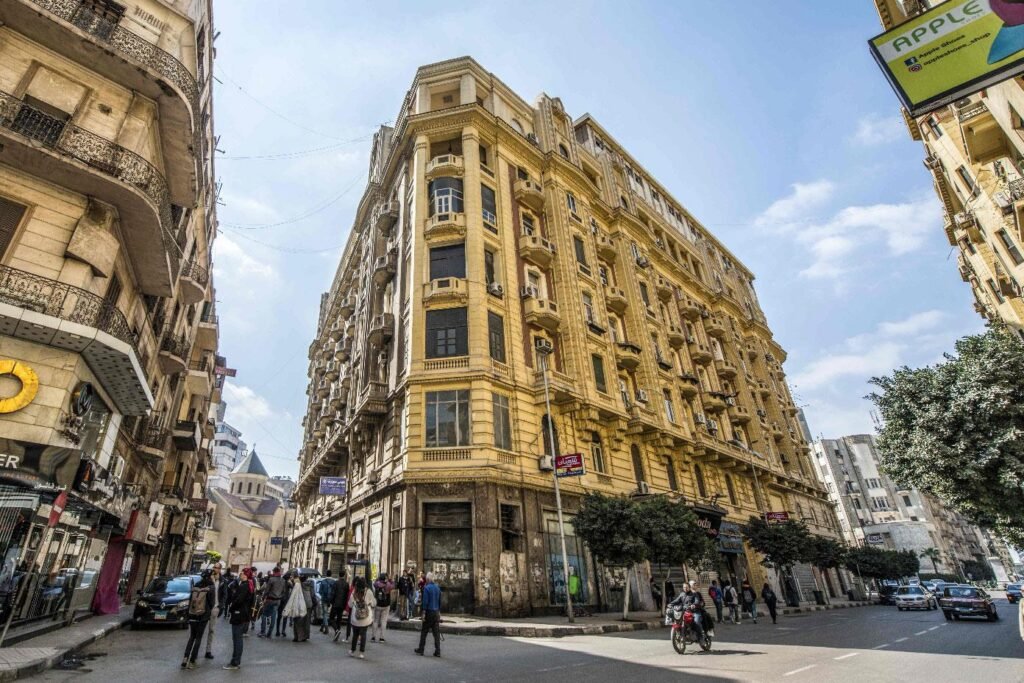
Why These Places Matter
The Agency is a story told through architecture as emotion.
Each location isn’t chosen for postcard beauty, but for psychological resonance:
| City / Location | Symbolic Function in Narrative |
|---|---|
| Barbican (London) | Isolation, control, internal conflict |
| Leavesden Studios (Watford) | Precision, manipulation, secrecy |
| Tallinn (Estonia) | Ambiguity, foreignness, moral distance |
| Cairo (Egypt) | Chaos, memory, heat of confrontation |
Together, they mirror the dual life of a spy: part order, part entropy.
Conclusion: Architecture as a Spy Story
The Agency proves that location design is as important as dialogue.
The Barbican Estate, with its monolithic concrete and maze-like walkways, becomes a stand-in for the modern condition: everyone visible, no one truly seen.
From Leavesden’s artificial intelligence hubs to Tallinn’s cold exteriors and Cairo’s golden labyrinth, each place becomes part of the spy’s identity — a geography of secrets.

